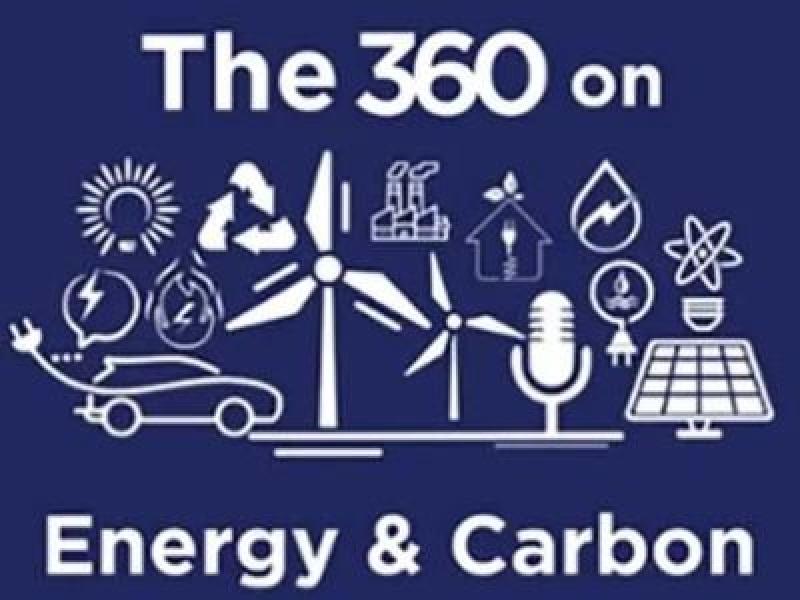In this podcast episode, the hosts explore three carbon strategies to mitigate the effects of climate change. First, the episode discusses carbon dioxide emission reduction, carbon offsets, and carbon capture and storage and how each strategy works to reduce carbon emissions.
Strategy breakdown
Carbon strategies are a set of methods to mitigate climate change's effects. The first strategy is carbon dioxide emission reduction, which involves reducing the amount of carbon dioxide released into the atmosphere.
The second strategy is carbon offsets, which allow organizations to compensate for their carbon emissions by supporting carbon reduction efforts elsewhere.
The third strategy is carbon capture and storage, which involves capturing carbon dioxide from the air and storing it in a safe location, such as underground.
While these strategies offer potential benefits, they also come with challenges, including cost, technical difficulties, and concerns about transparency and effectiveness. Nevertheless, efforts to reduce carbon emissions and combat climate change continue to be a critical issue worldwide.
Pros and cons
The benefits of these strategies are highlighted, such as the potential to slow down global warming and support sustainable development. However, the challenges associated with implementing these strategies are also acknowledged, including the cost, technical difficulties and concerns about transparency and effectiveness.
Throughout the episode, the hosts provide examples of organizations implementing these strategies, some of the key considerations and challenges involved in each approach and the potential impact of these strategies on energy-intensive industries.
Participants in the podcast include:
Host David Arkell, president and CEO of 360 Energy
John Pooley, vice-president of program development of 360 Energy
Lysandra Naom, executive producer of The 360 On Energy and Carbon Podcast










